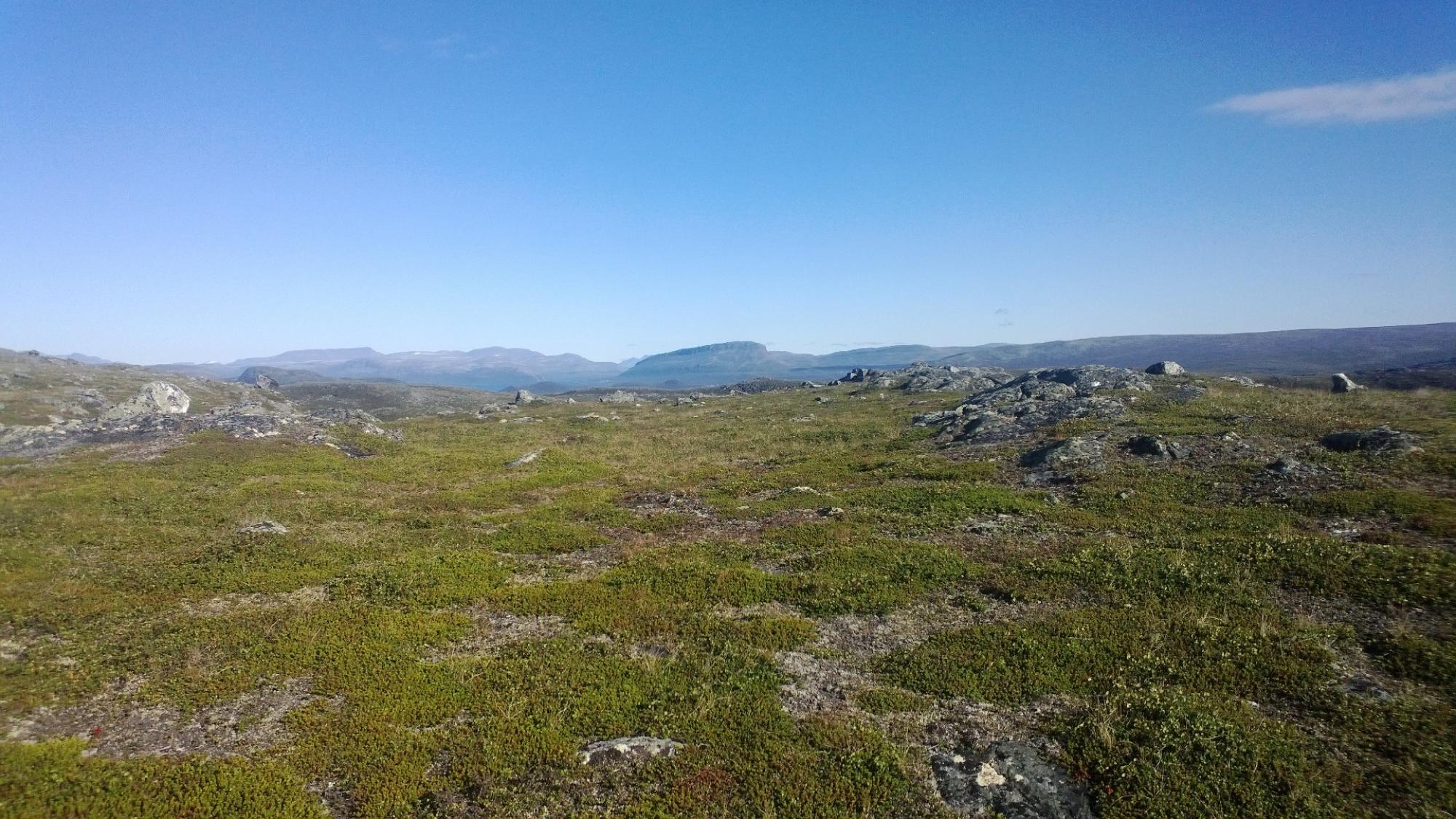Study reveals crowberry expansion and bilberry decline in Arctic tundra

A new study indicates that the primary vegetation types in these areas—bilberry, crowberry, dwarf birch, and heather -dominated tundra—are becoming increasingly homogenized. This shift is particularly evident in bilberry-dominated landscapes, where crowberry proliferation coincides with bilberry decline. While bilberry remains a dominant species, its reduction could impact local ecosystems and alter the visual landscape, especially during autumn foliage.
The research, covering areas from Riisitunturi in Finland to Finnmark in Norway, utilized long-term data sets, a rarity in vegetation studies that often focus on shorter time frames and smaller regions. "Over the past decade, we've re-surveyed tundra heathlands initially mapped by Matti Haapasaari in the 1960s and 1970s. Such meticulously collected historical data are invaluable for detecting long-term vegetation changes. We plan to continue monitoring these areas in the future," says Academy Research Fellow Tuija Maliniemi.
The greening of the Arctic region also affects Lapland
Arctic regions are experiencing rapid warming, leading to increased greening and shrub expansion. However, in Finnish Lapland and northern Norway, this trend is decelerated by extensive reindeer grazing, which suppresses the growth of mountain birch and other taller shrubs. Consequently, the greening manifests as the spread of dwarf shrubs, notably crowberry.
The decline of bilberry, which is not expanding into new areas, raises concerns among researchers. "The reasons behind bilberry's decline have not been extensively studied. The unique and locally variable nature of tundra ecosystems suggests multiple factors, such as changes in snow conditions, the proliferation of evergreen plants, and reindeer grazing, may be contributing," notes Doctoral Researcher Petteri Kiilunen from the University of Oulu.
The study Long-term homogenization of Fennoscandian heathland and tundra vegetation is connected to the expansion of an allelopathic dwarf shrub was published in the Ecography scientific journal on October 10th, 2025.
Learn more
Researchers discuss the blueberry situation in a video
Reindeer grazing can mitigate the impacts of winter climate change on forest carbon release